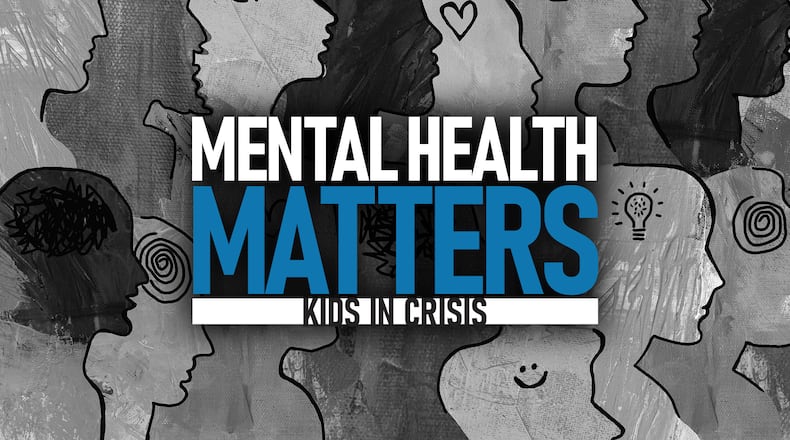• MENTAL HEALTH MATTERS: More from this project
When it comes to specific deaths that resulted from suicides, news organizations typically shy away from that type of coverage unless there is a public aspect to the story that cannot be ignored. But coverage of celebrity suicides, particularly stories that include the method of the suicide, run the risk of indirectly leading to other deaths by suicide from people who relate to the person at the focus of the story.
Research shows a potential 13% increase in suicides over one to two months after coverage of celebrity suicides and a 30% increase in deaths by the same method when the specific method is reported, according to the Ohio Suicide Prevention Foundation. In the months following the death of comedian and actor Robin Williams in 2014, same method suicides increased by 33%, according to the foundation. This is known as “media-influenced suicide contagion.”
When there are vulnerable people in the community who are considering suicide, being exposed to graphic depictions of suicide, detailed explanations of the death and/or revealing the method used can change their thoughts into action, the National Alliance on Mental Health (NAMI) says.
• HOW TO GET HELP: Community Resource Guide
We are taking much of our direction from resources provided by organizations like NAMI and the Ohio Suicide Prevention Foundation, which has multiple guides on how to approaching the topic of suicide, including how to report on it. The Ohio Suicide Prevention Foundation’s resources can be found at ohiospf.org/resources.
The Ohio Department of Mental Health and Addiction Services also offers a media checklist for responsible reporting.
The key points we will be focusing on include:
- Consulting mental health experts when it comes to discussing suicide.
- Making sure our language is appropriate and non-judgmental, so as not to make stigma worse and impact how people view suicide. We want to avoid sensationalizing details, methods of suicide, graphic depictions and locations of deaths.
- Telling stories where people were in a crisis and got help, but with an appropriate level of distance between the time when the mental health crisis occurred to our current media coverage on the topic.
- Suicide is preventable.
About the Author

